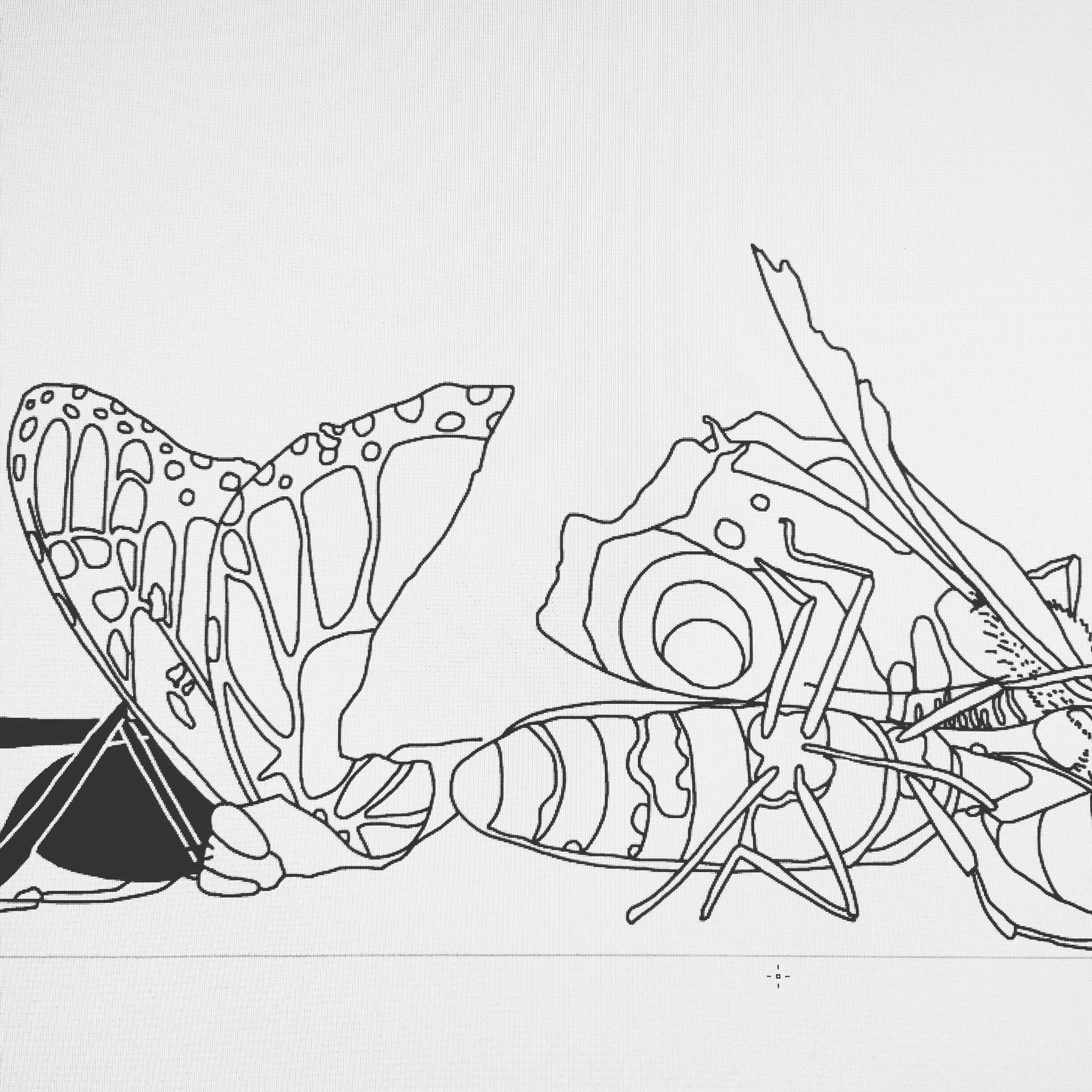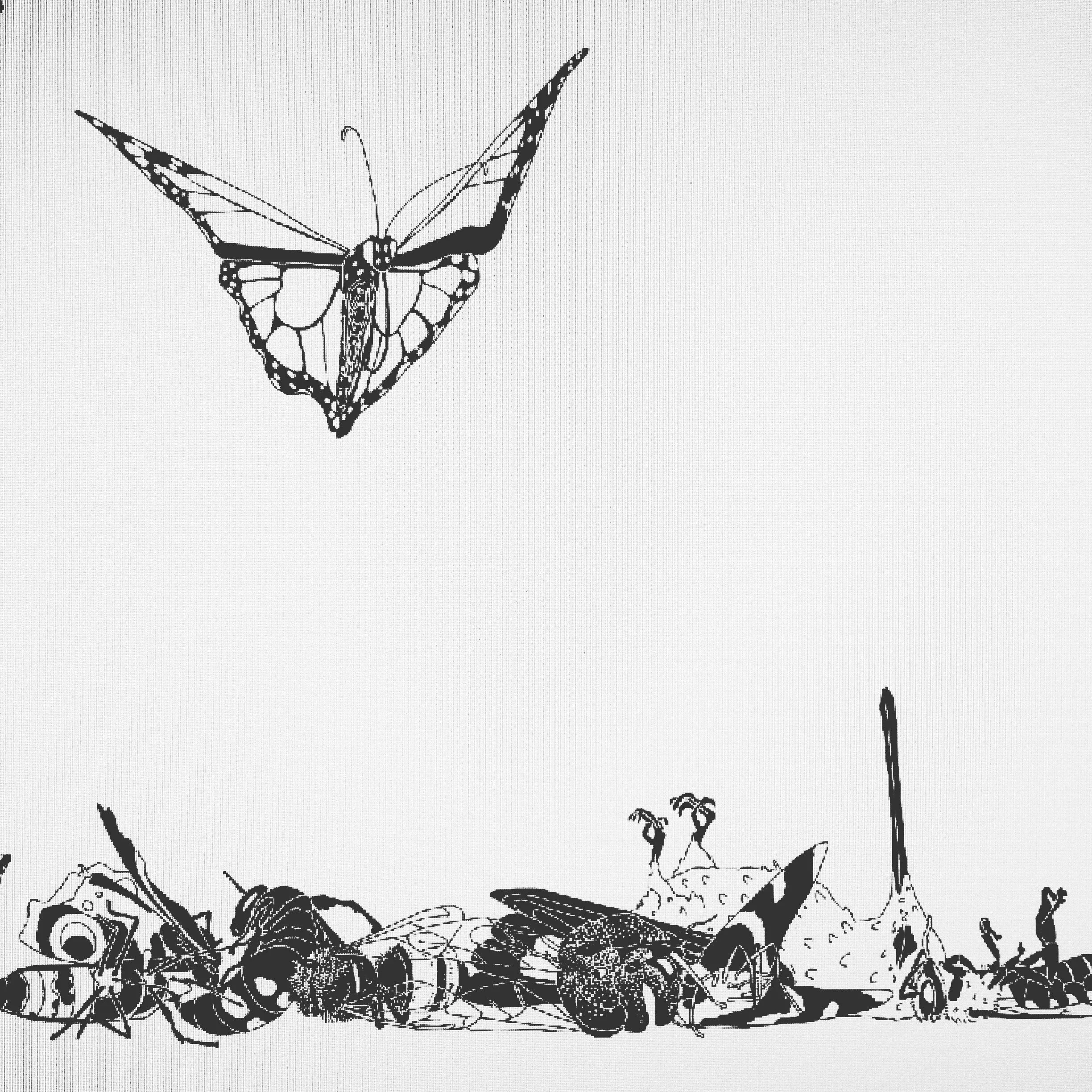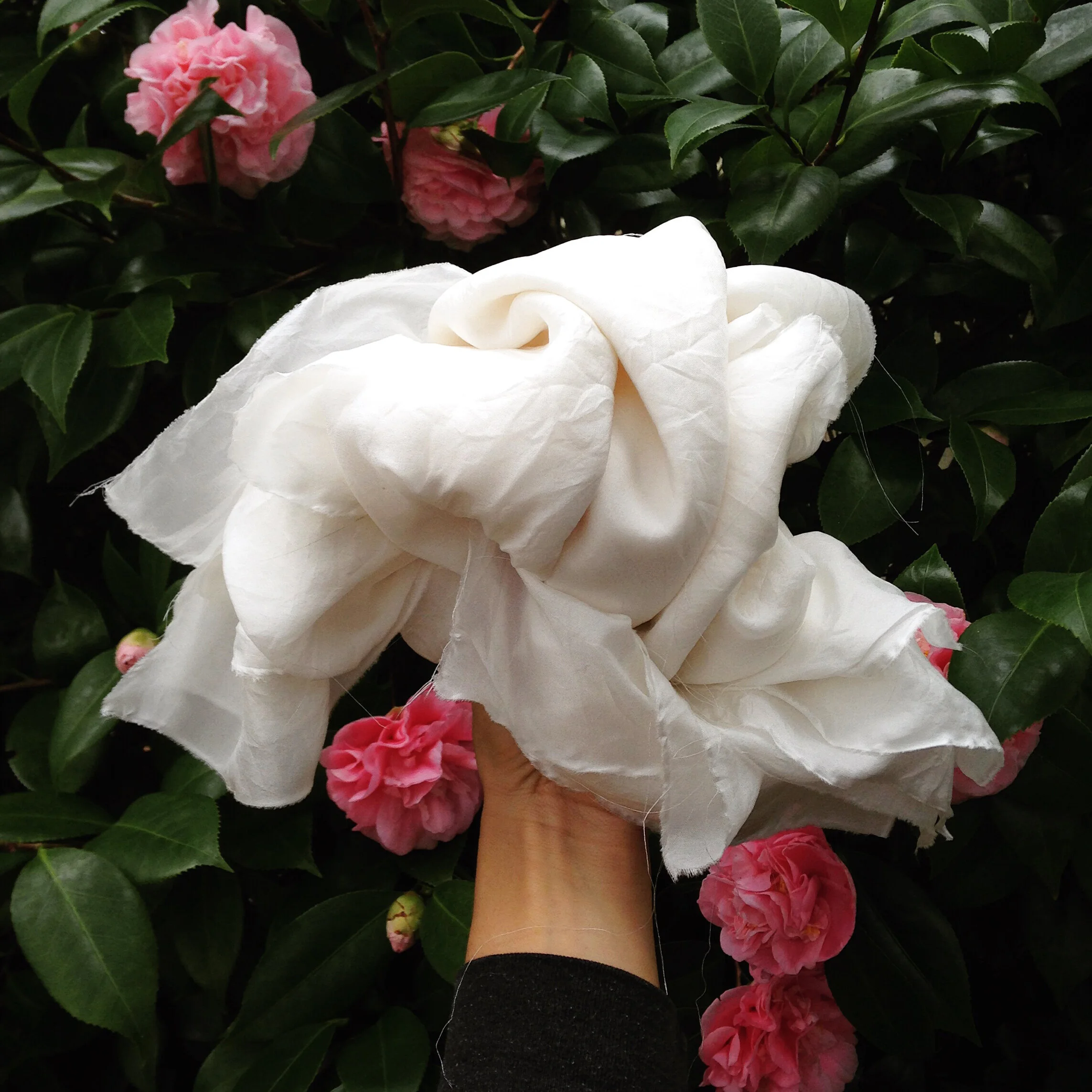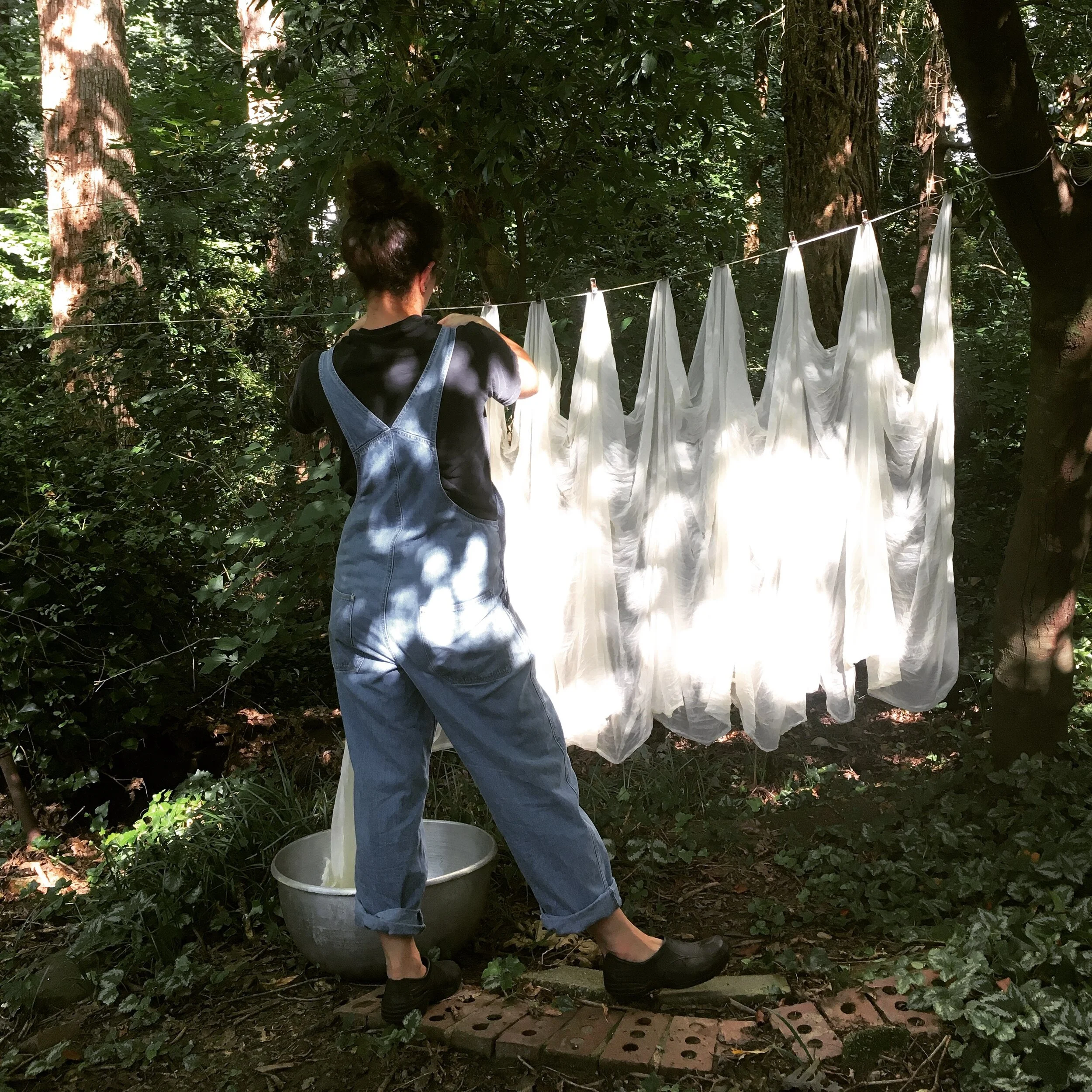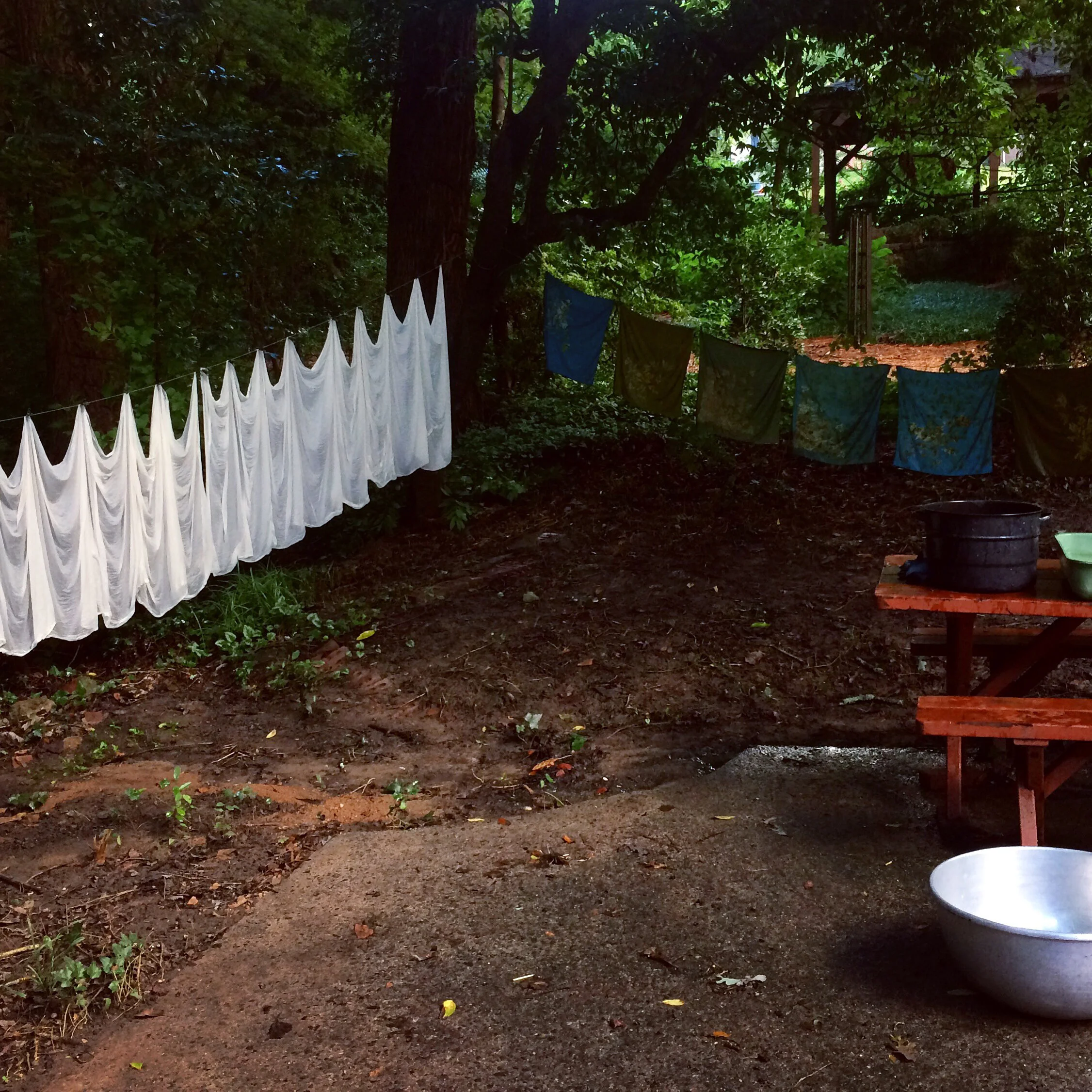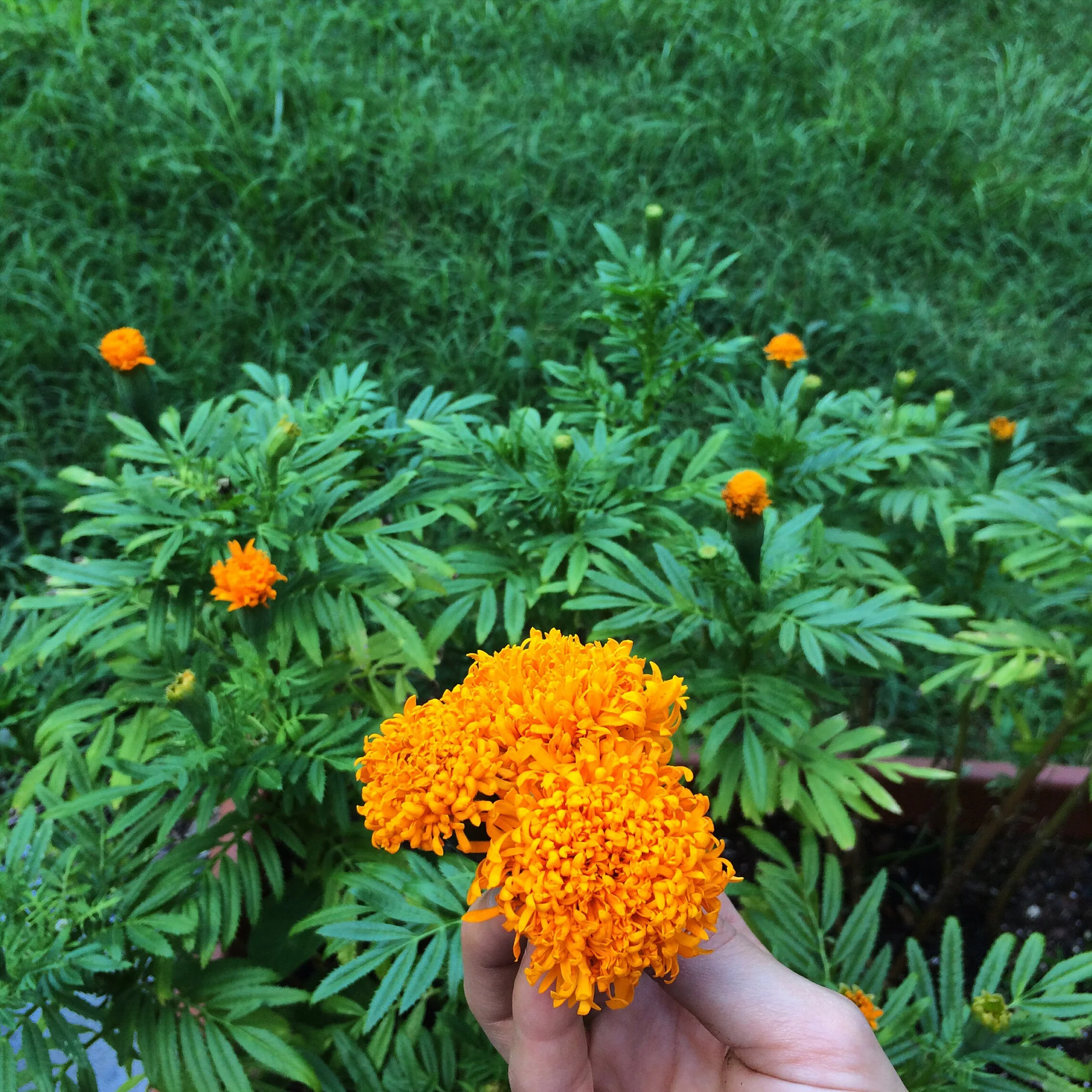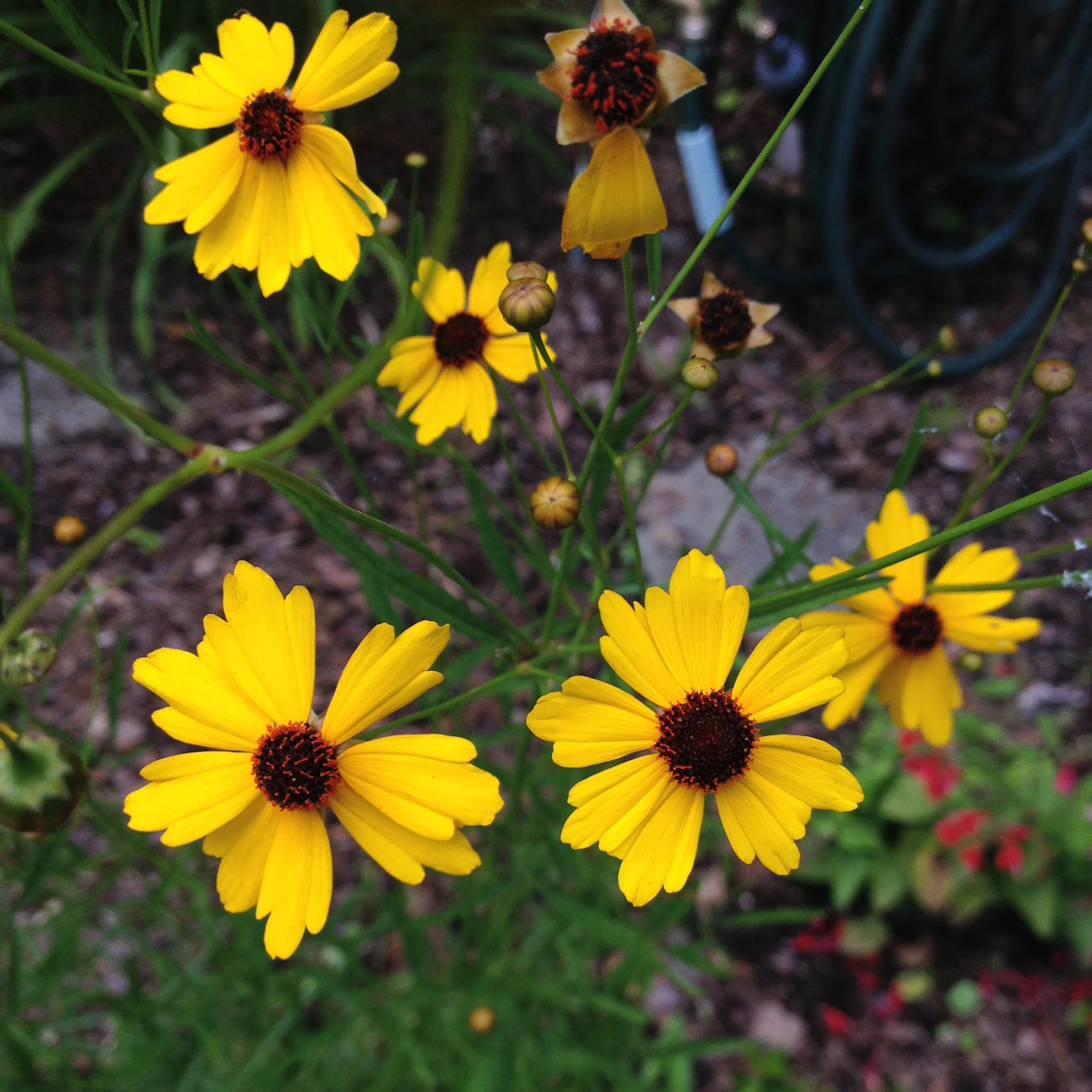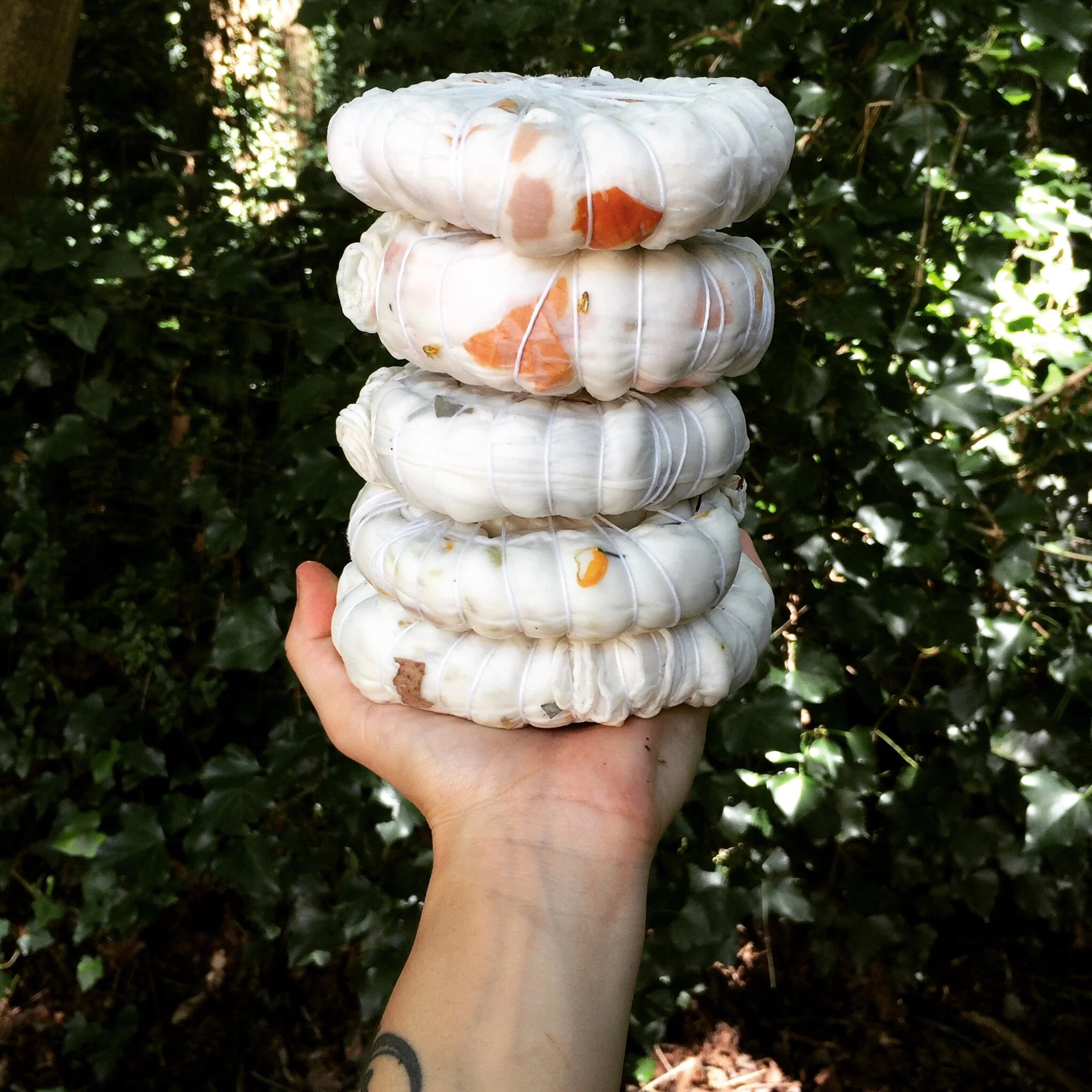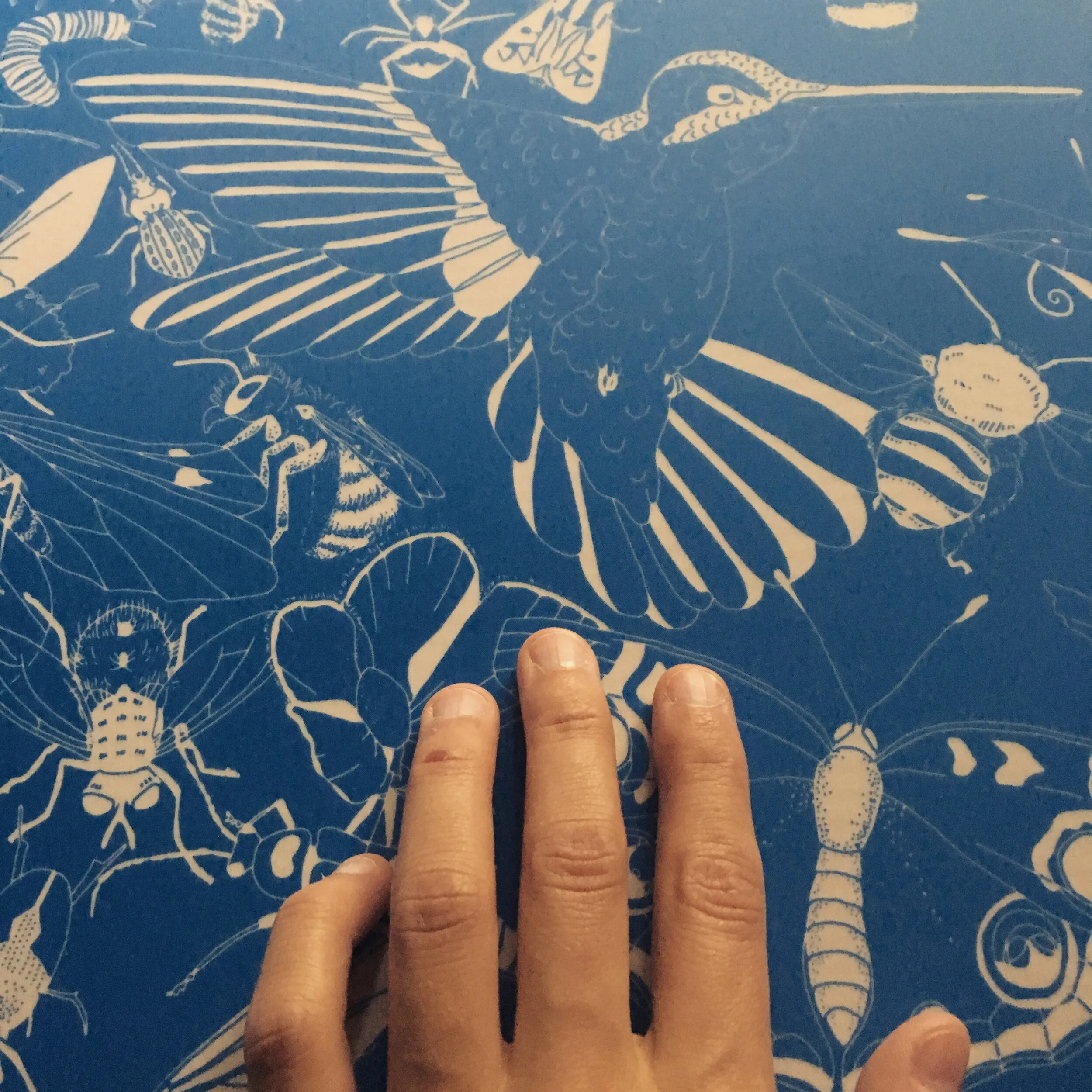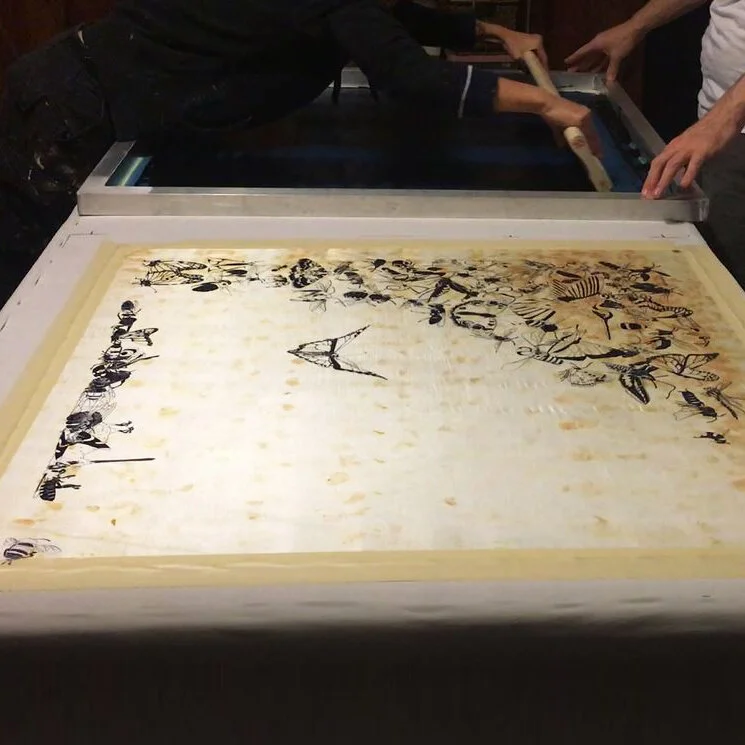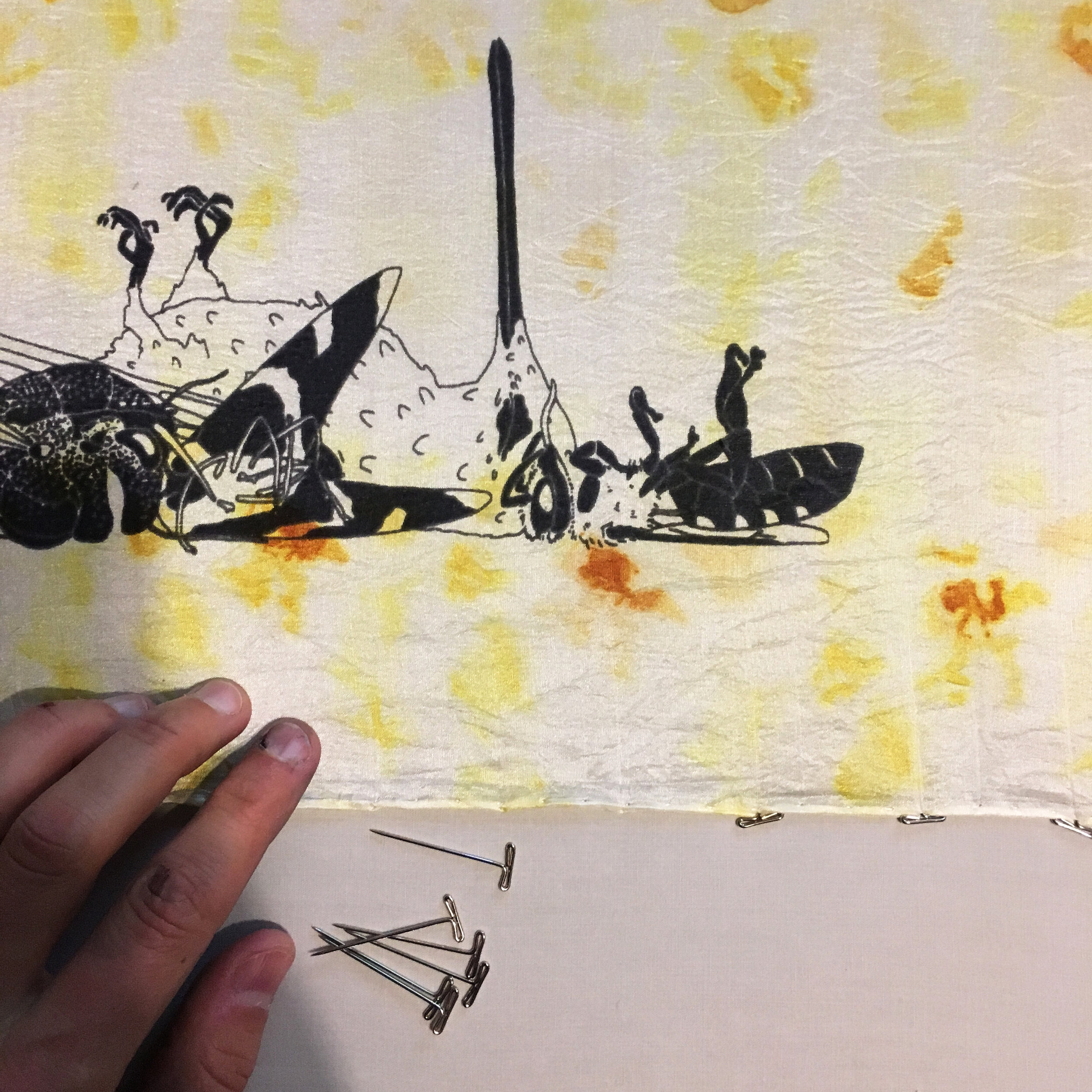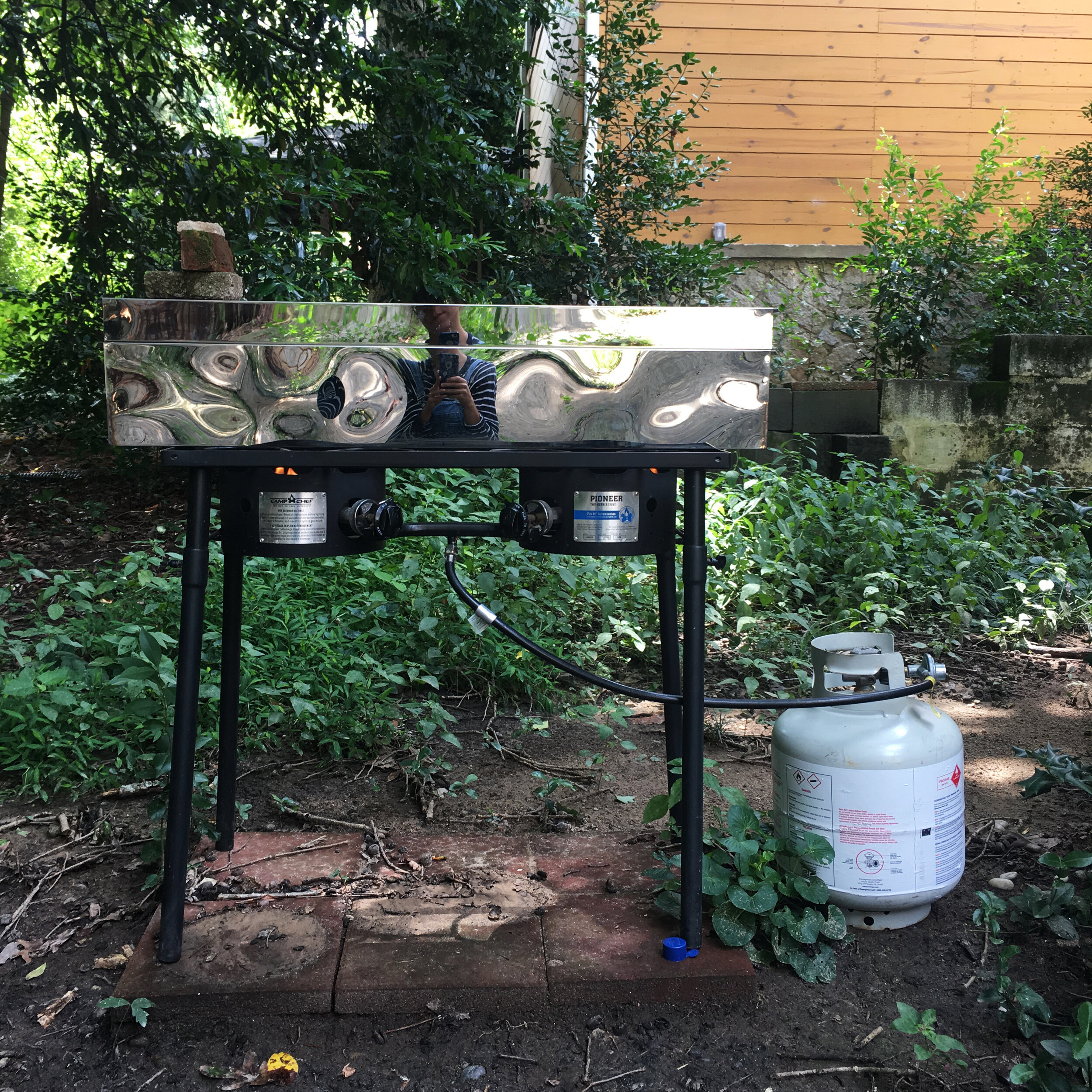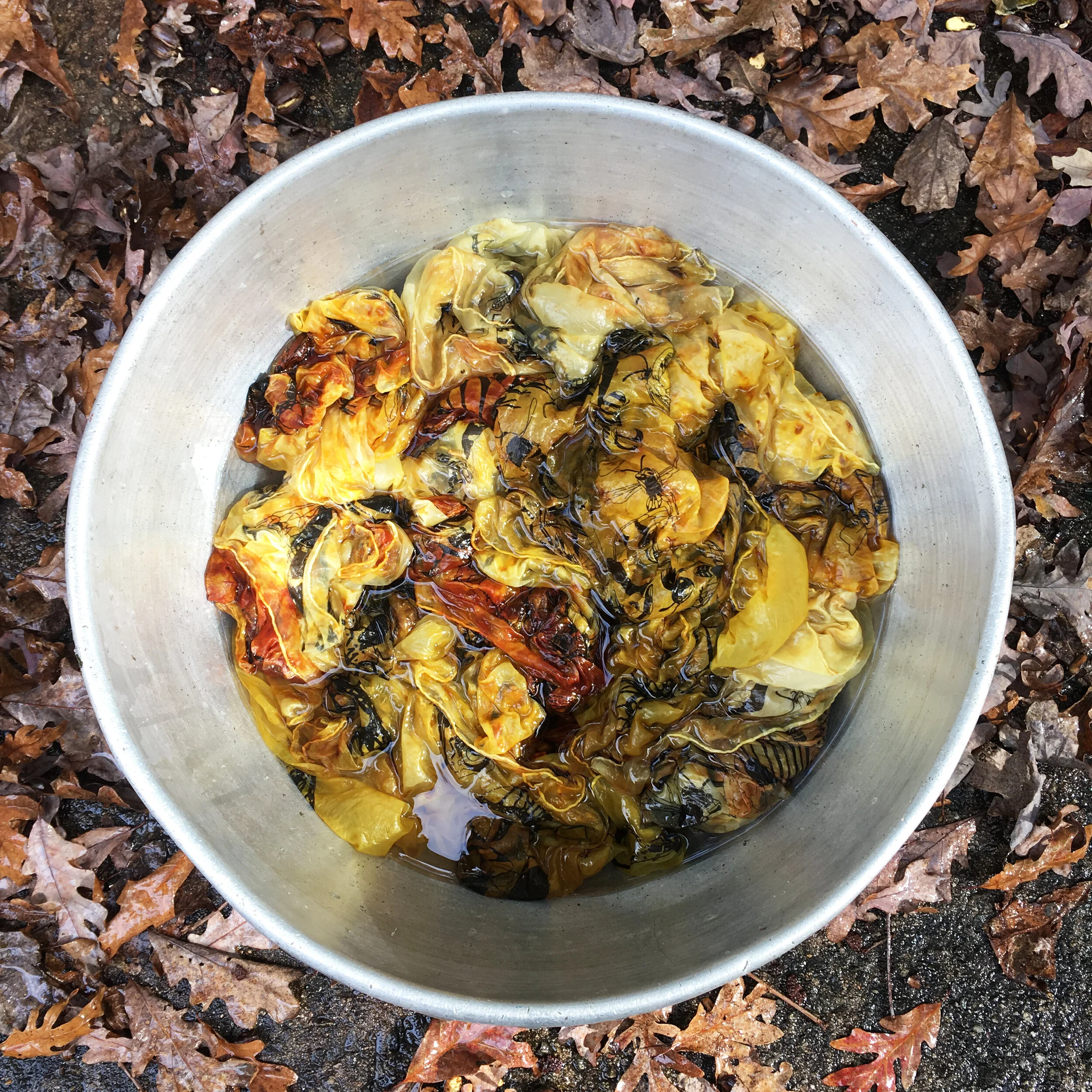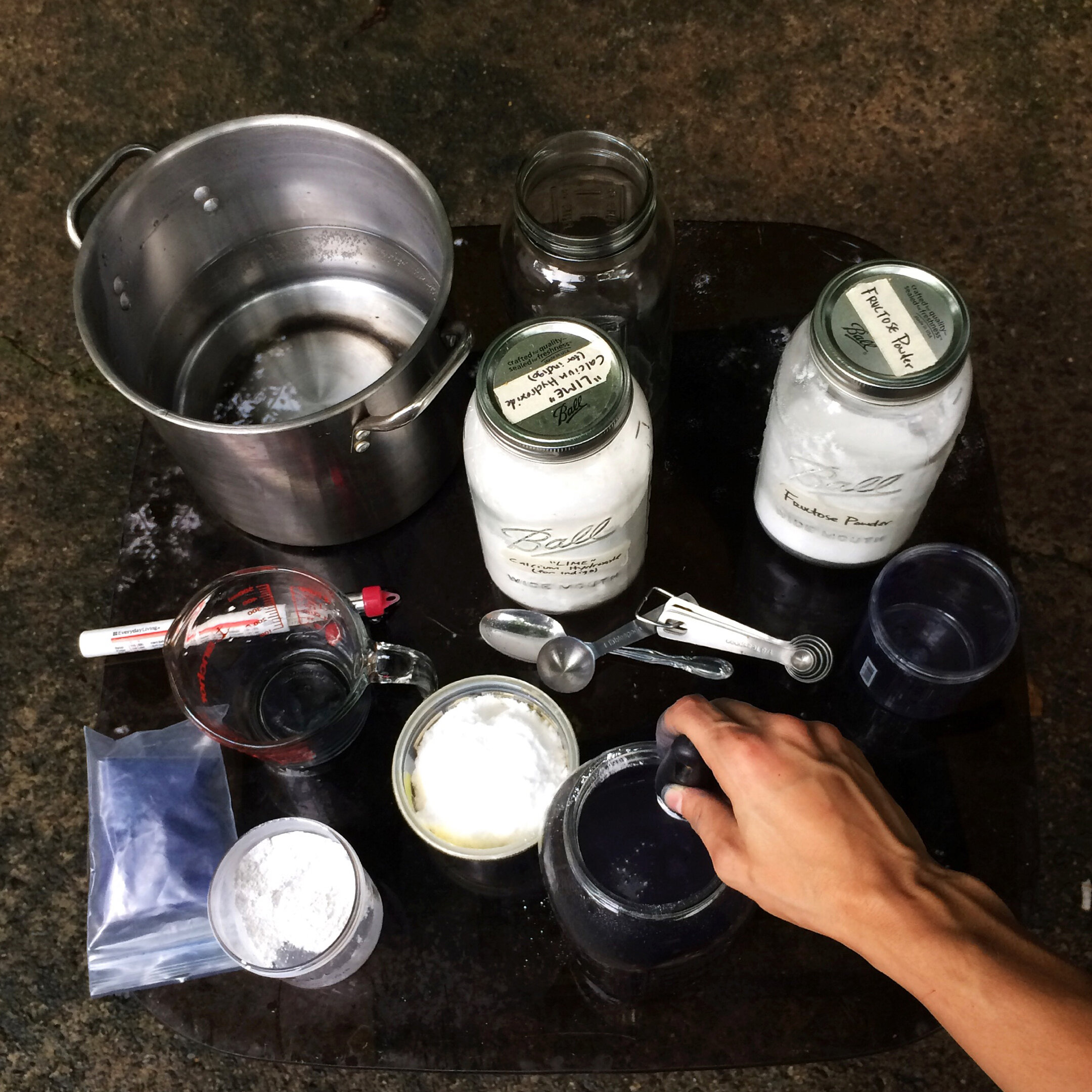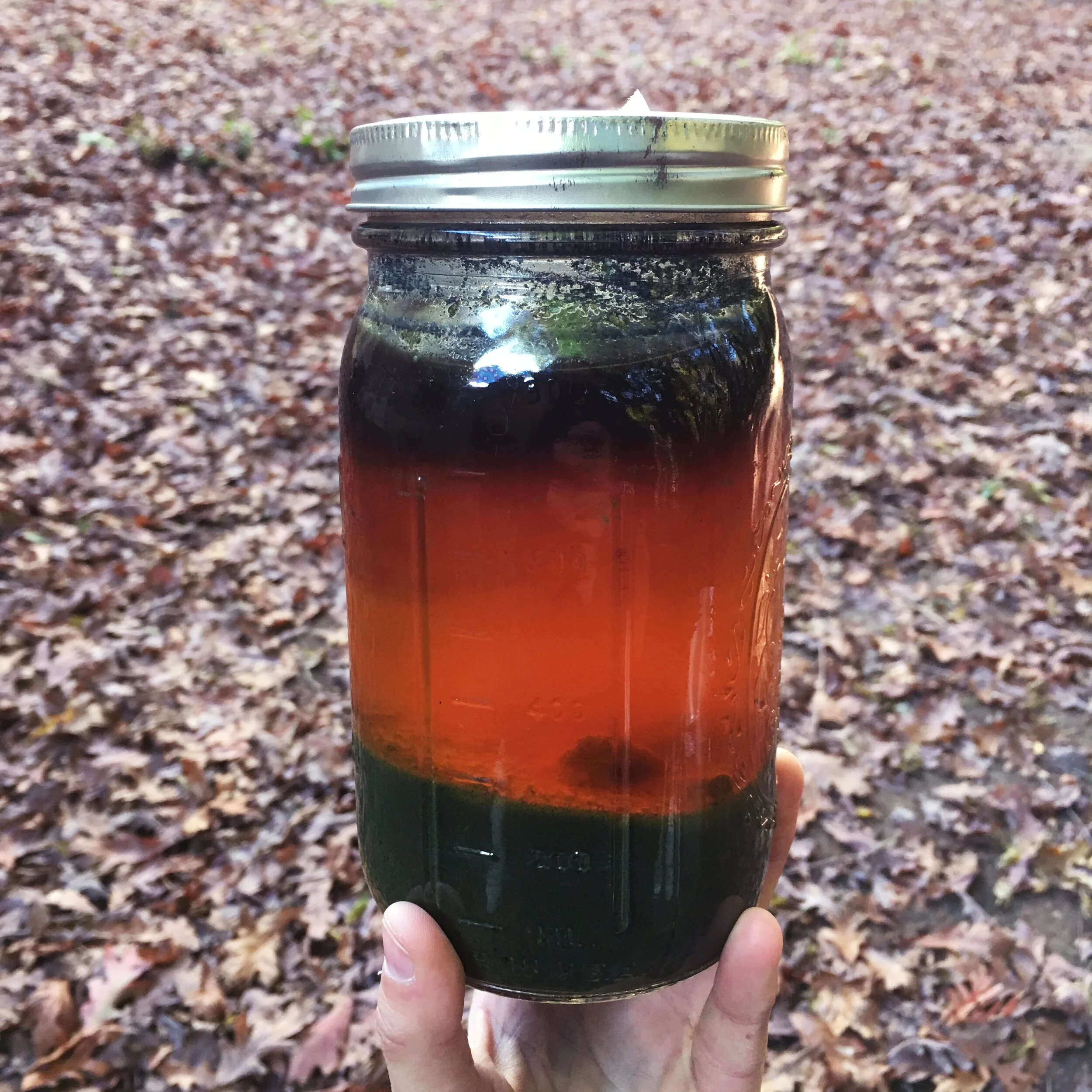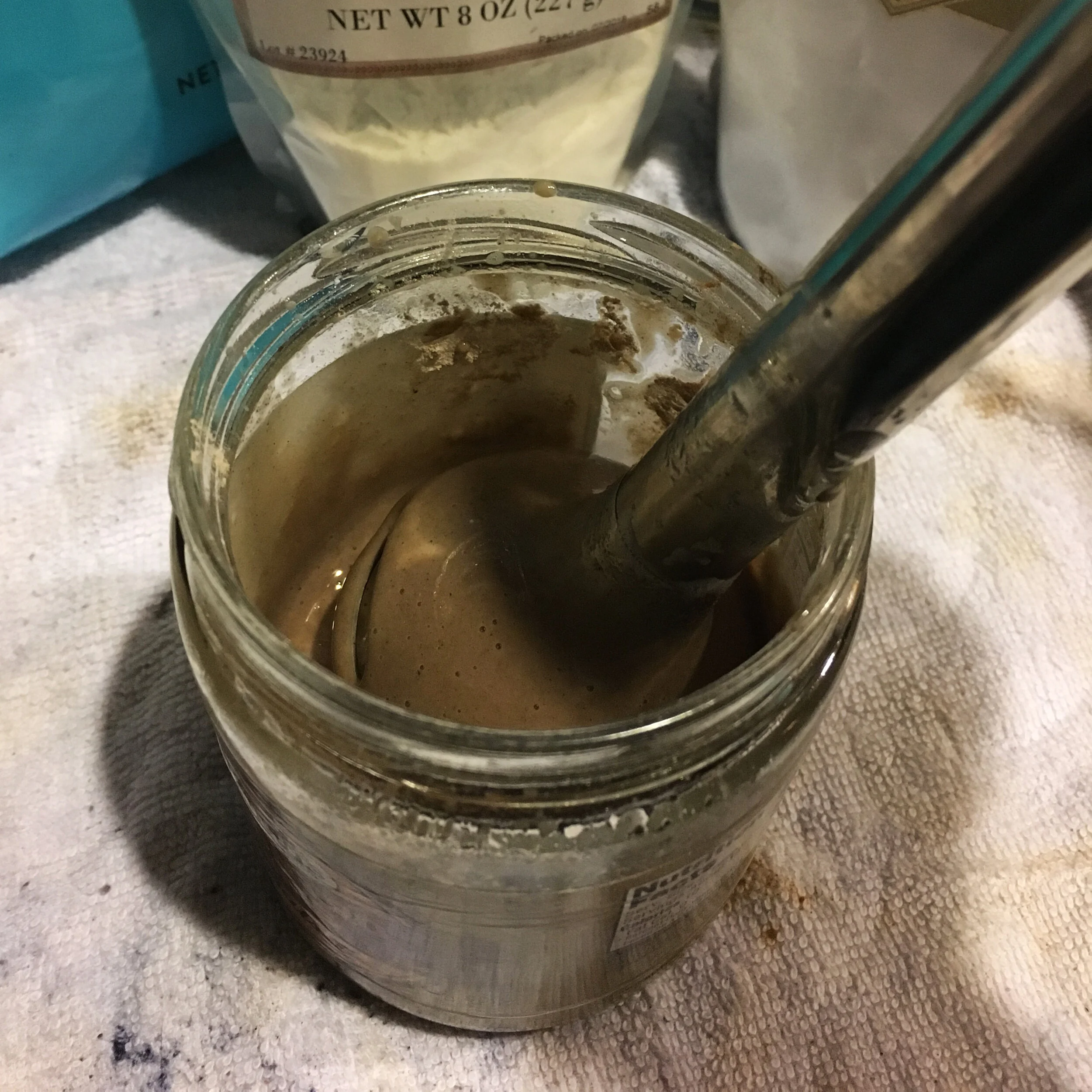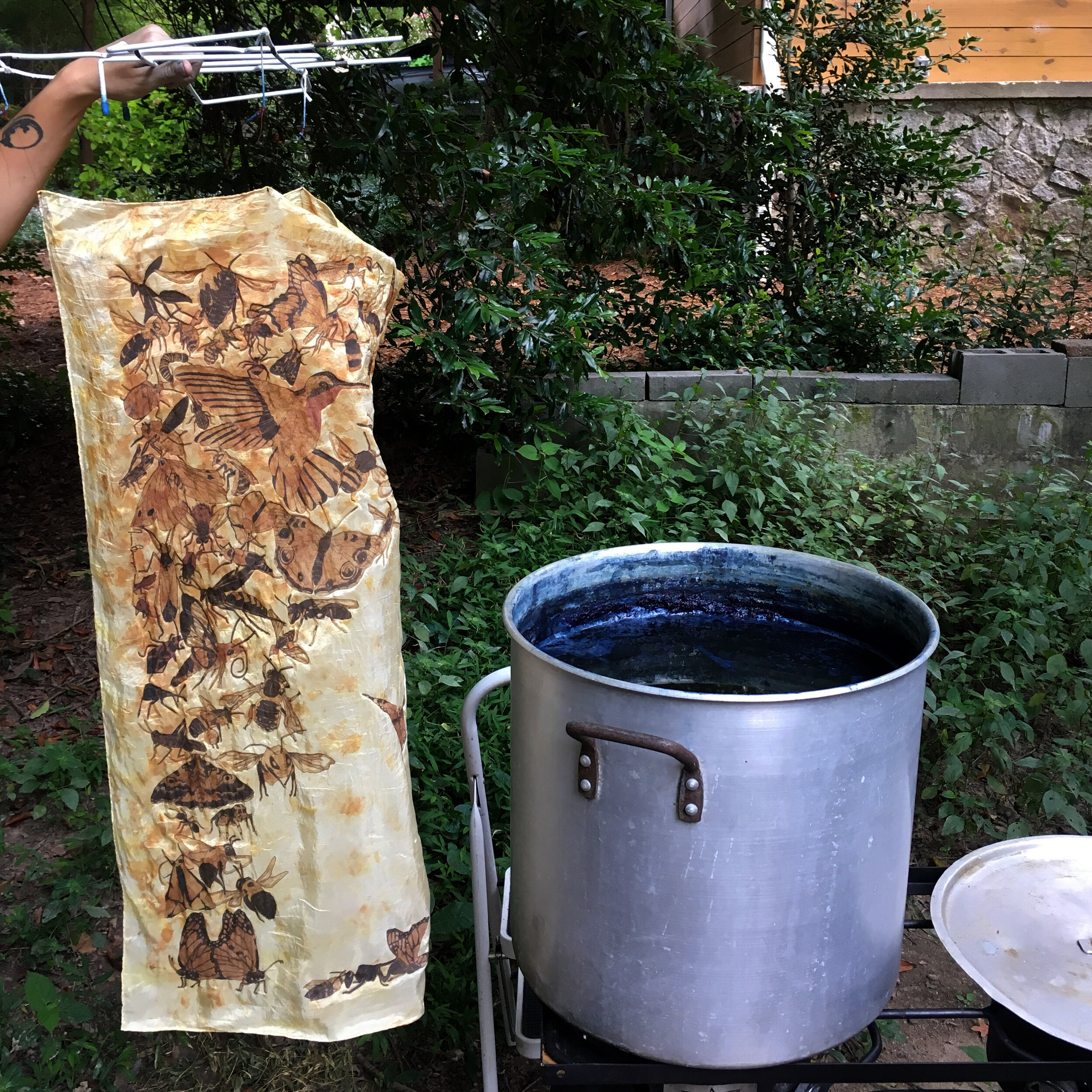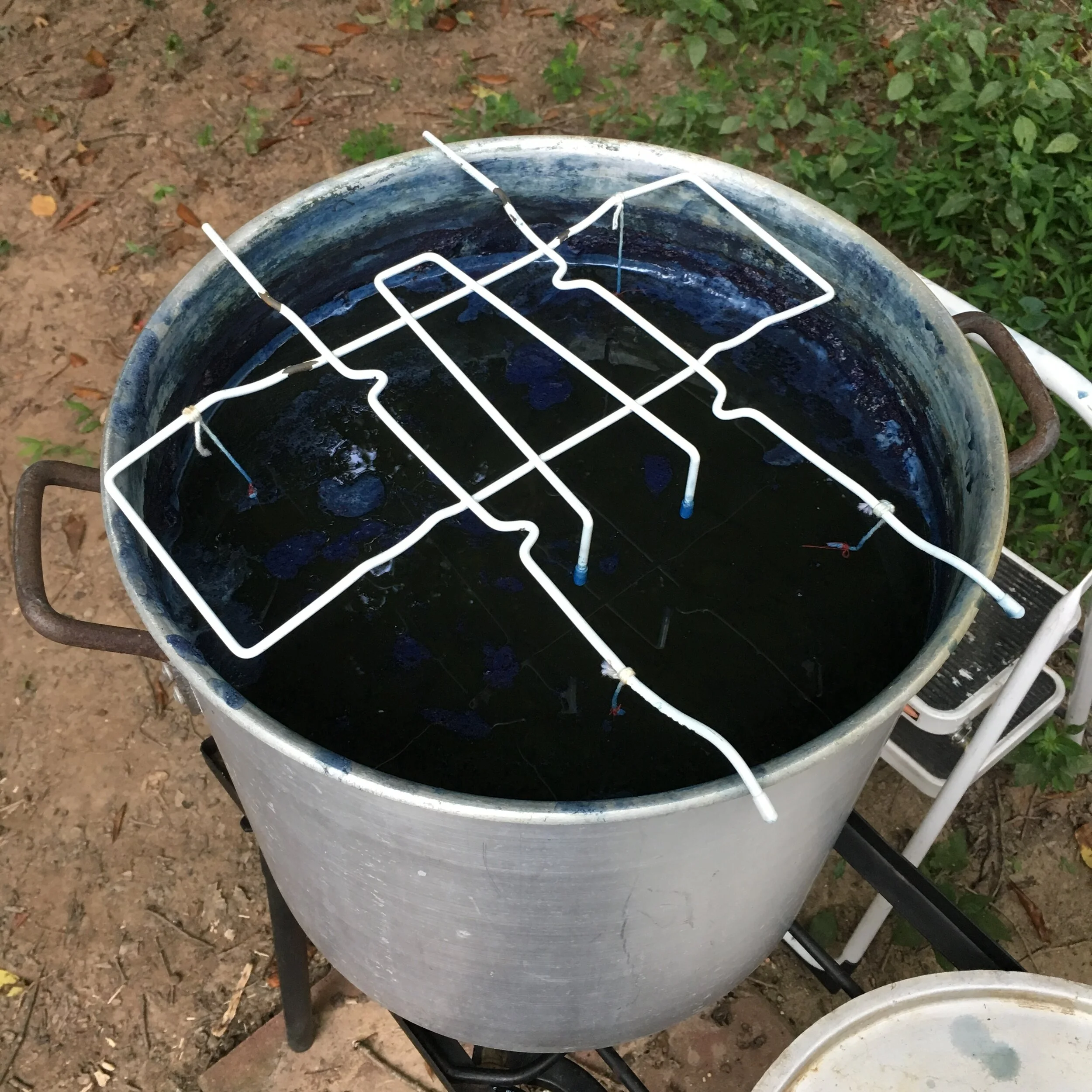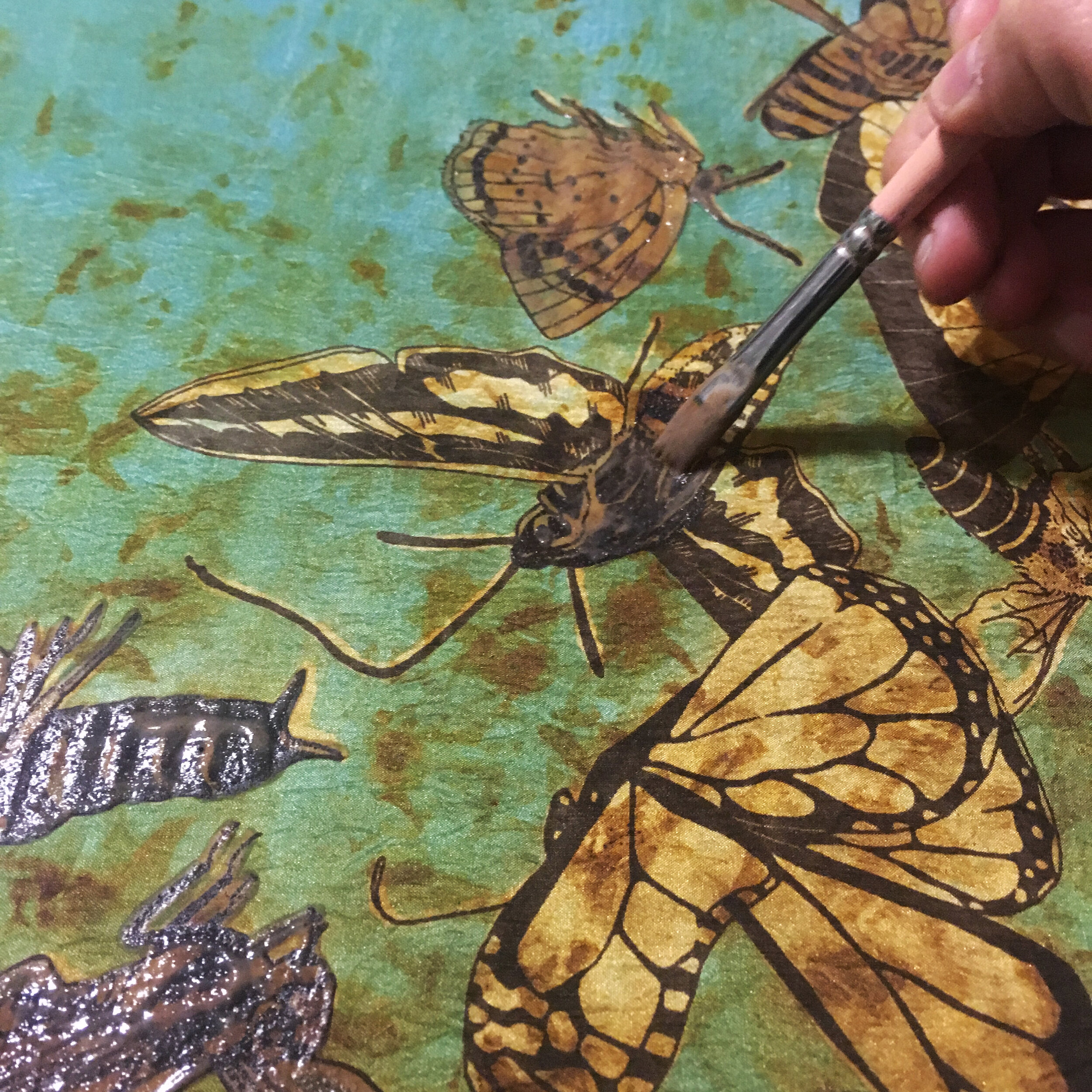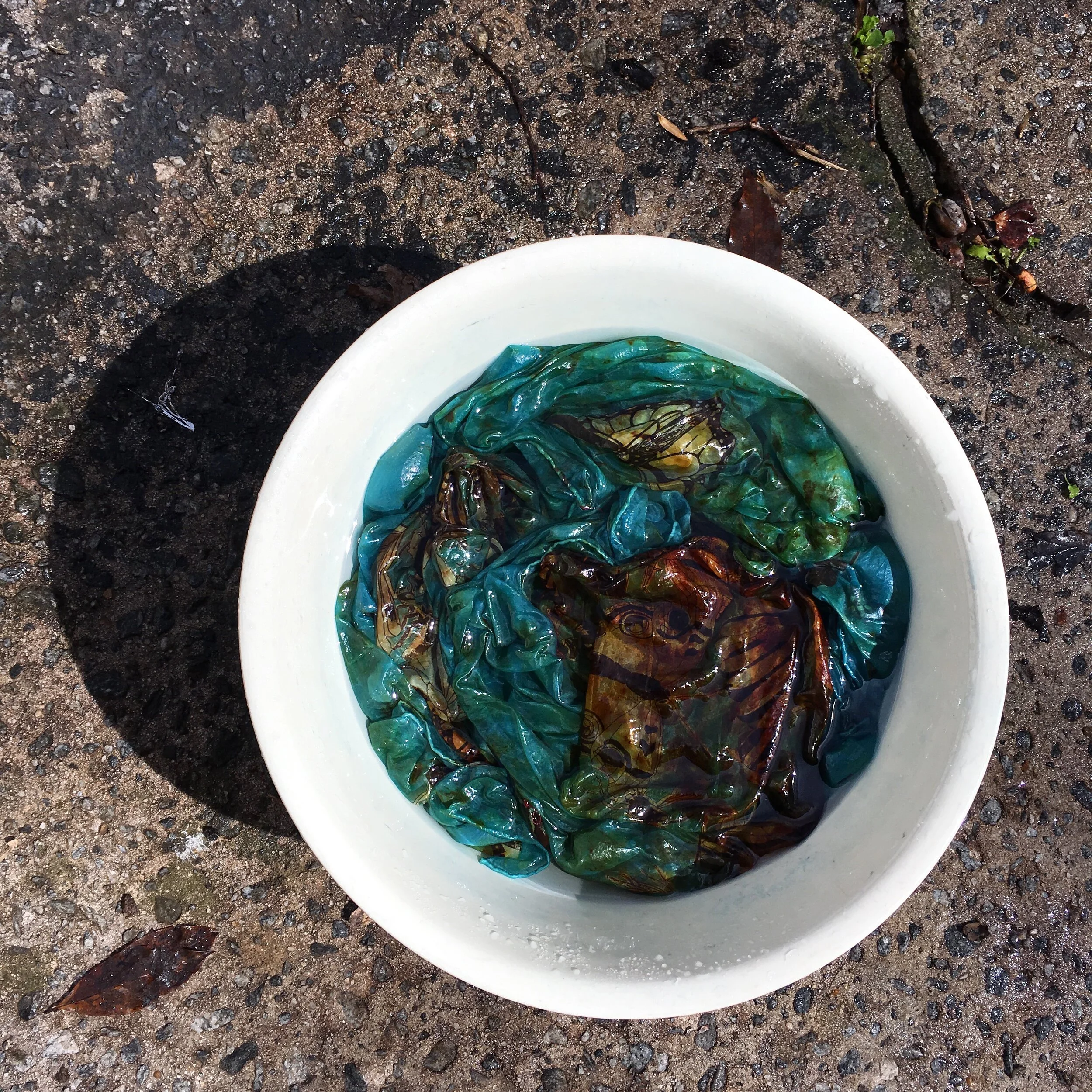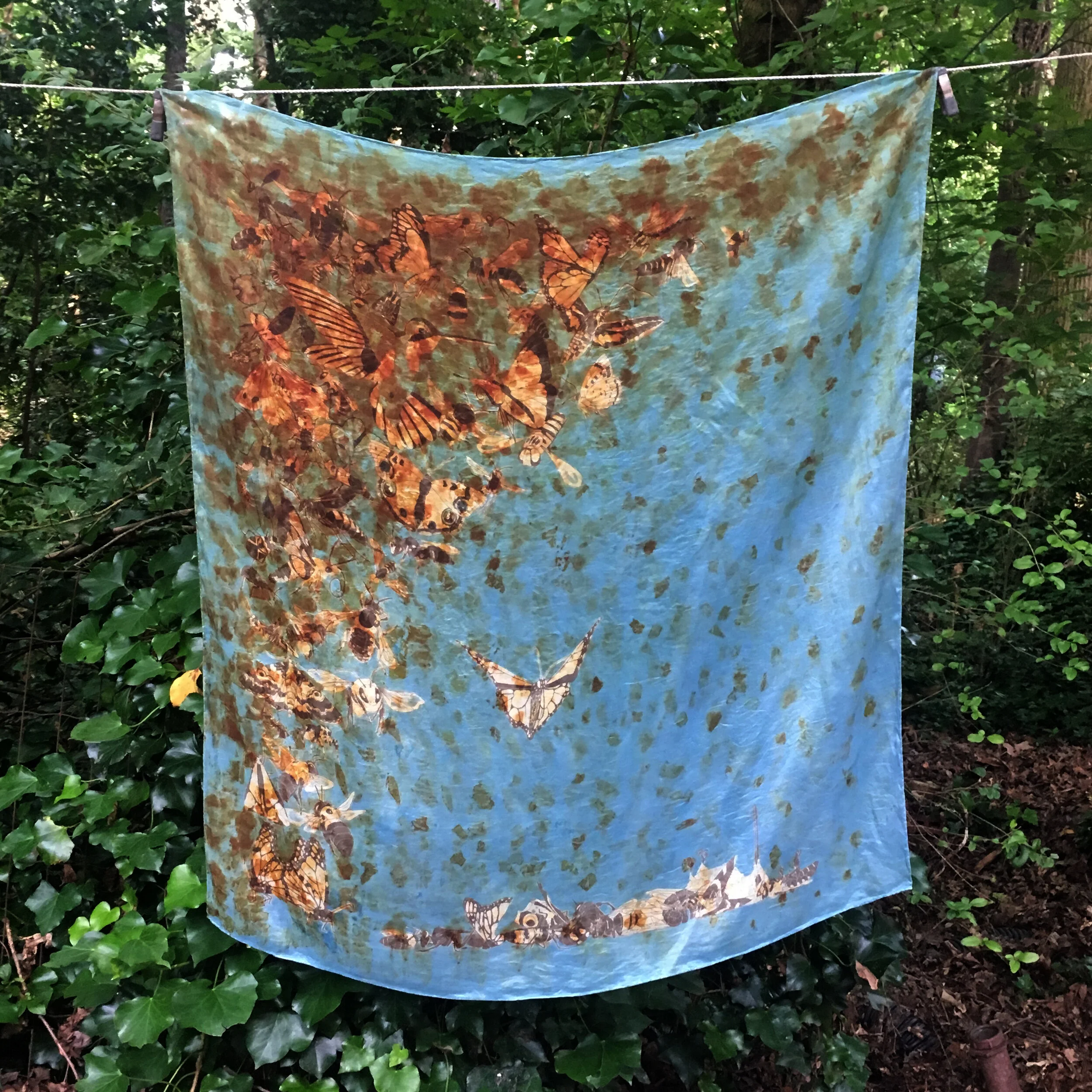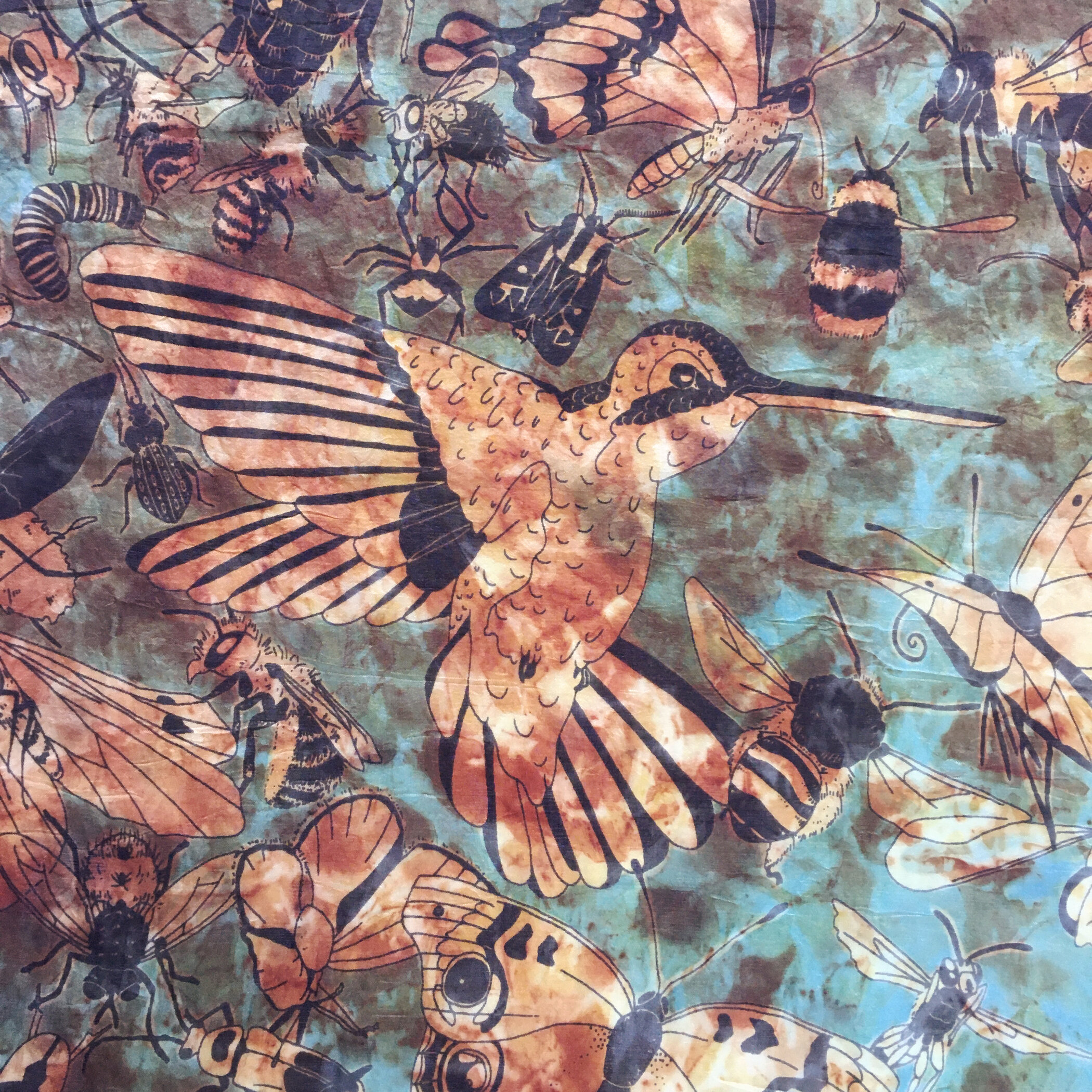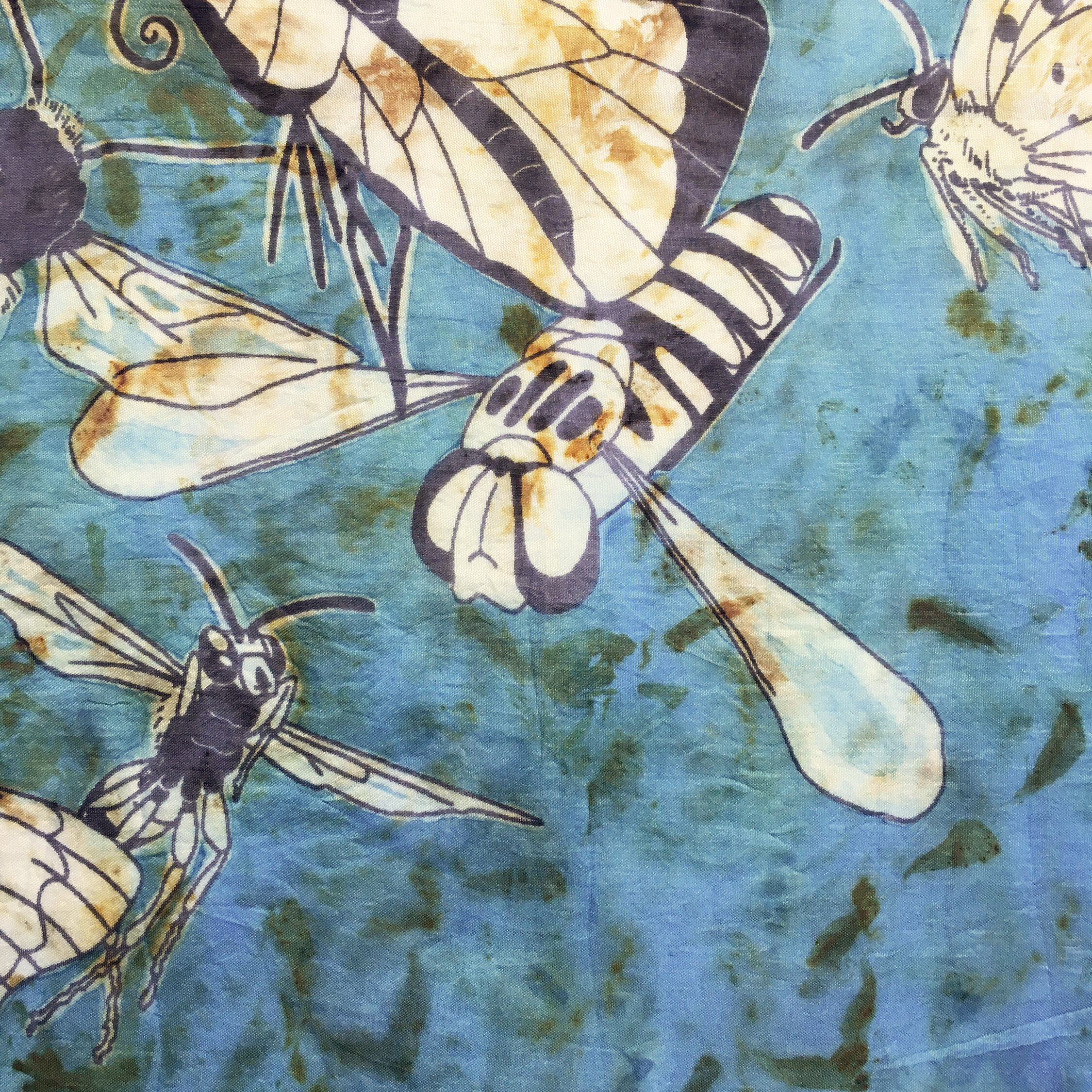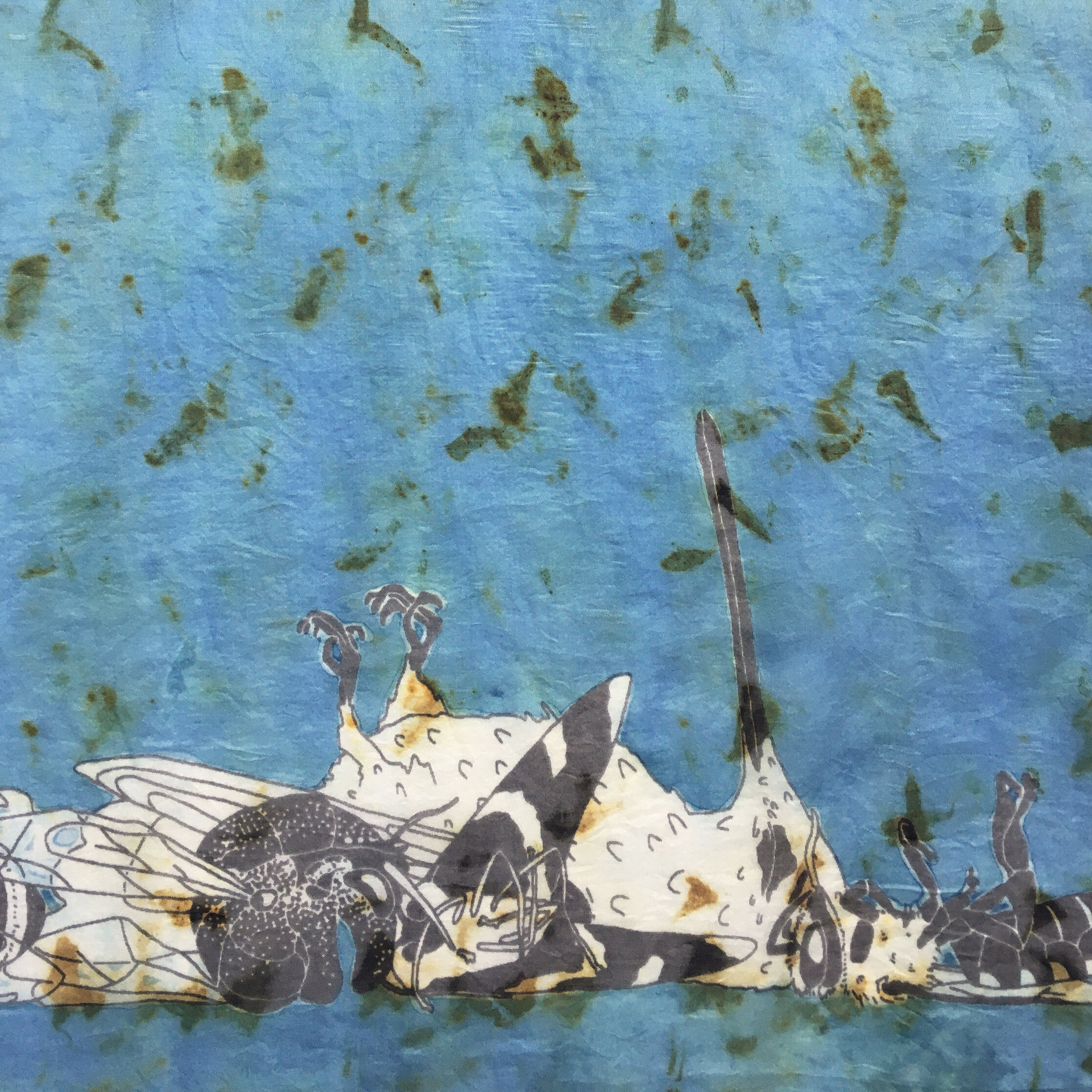PESTI :
Pollinators in Manufactured Landscapes
Life on Earth thrives and survives because of its biodiversity. Healthy ecosystems depend on millions of species working together in order to produce fresh water, oxygen and food. Yet some of the most important species, the ones all life on Earth depend on, are tiny, often overlooked and in danger - Pollinators.
There are a variety of native pollinators in the United States, including bees, butterflies, moths, wasps, flies, beetles, birds and bats. Unfortunately, pollinator populations are in steep decline. A recent study published in Biological Conservation warns that 40% of the world’s insect species may go extinct in the next few decades. Pollinators have lost the majority of their food sources and habitats to our increasingly manufactured landscapes, byway of industrial agriculture and urban sprawl. The use of synthetic chemicals, like pesticides, to mitigate pest populations (both in agriculture and personal yard care) are eradicating whole native insect communities. Oftentimes, native pollinators themselves are mistakenly regarded as pests and are targeted and killed.
Michael Engle sums it up in his book, Innumerable Insects, “Were humans to disappear tomorrow, our planet would thrive. If insects packed up and left, Earth would quickly wither, become toxic, and die.”
Pollinators are integral to our survival. They visit flowering plants for nectar and pollen, and in the process, transfer pollen from one flower to another. Nearly 90% of all plant species need the help of pollinators to create their next generation, and we depend on them for a significant portion of our food, fiber, fuel and medicine. Considered generalists, some pollinators can get sustenance from a variety of flowering plants, while others are specialists and depend on specific plants for survival. All pollinators are closely tied to their environment, so when habitats disappear or become fragmented, pollinator populations precipitously decline.
Our agricultural practices are destroying native habitats and the diversity of plants, insects, and animals within them. About 41% of the land in the United States is occupied by cropland, most of which is used for raising livestock. An additional 40 million acres of land is occupied by lawns. Lawns are made up of non-native, short root, non-productive grasses, and are the largest single crop in the United States.
This destruction of native habitat eradicates the biodiversity we depend on to fight pests and diseases, retain soil fertilization, and adequately soak up and retain rainwater. Instead, we are creating ineffective systems that rely on toxic synthetic pesticides, herbicides, fungicides and fertilizers that are used by the billions of pounds annually across the country.
Although banned in many countries, neonicotinoids are a widely used pesticide in the United States. In agriculture, the most popular application is seed coating, which integrates the pesticide into all parts of the plant as it grows, making the plant completely toxic. However, only about 5% of the neonicotinoid is integrated into the plant, the rest is released into the air during planting and into the soil where it can persist and spread for several years, accidentally infecting native plants. When insects come into contact with neonicotinoid, it attacks their central nervous system, causing over-stimulation of their nerve cells, paralysis, and death.
We see a similar trend wherever we try to tackle mosquito populations by widespread spraying. Mosquitoes are becoming increasingly resistant to pesticides, and because there is no way to target only the mosquitoes, the pesticide also kills mosquito predators and beneficial insects like pollinators.
All pesticides used in the United States must be approved by the EPA. Unfortunately, there is a loophole, referred to as a “conditional registration,” which has allowed the majority of pesticides to enter the market without rigorous human and environmental safety testing and without a public and transparent process. It is estimated that as many as 65% of more than 16,000 pesticides were first approved for the market through this loophole. As of 2019, this loophole is still in place.
Our native habitats are increasingly being manipulated, fragmented and destroyed by industrial agriculture, urban sprawl and lawns, all of which require the aid of chemicals to keep these landscapes on a sort of synthetic life-support so that they remain profitable. This comes at the expense of the Earth’s most animating creatures - Pollinators.
Fortunately, it’s still possible to reverse a lot of our damage by arming ourselves with knowledge and re-integrating natural systems that have supported and sustained biodiversity for millennia. Here’s how you can make a positive impact:
Grow a variety of native plants + shrink your lawn
Avoid purchasing plants pre-treated with pesticides
Provide a clean, pesticide free water source for pollinators in your yard
Stop your spray of mosquitoes - try a bat house instead
Stop your use of synthetic pesticides, herbicides, fungicides + fertilizers
Demand stricter government regulations on polluting companies
Advocate for more integrated agricultural practices (like planting prairie strips)
Petition your local governments to plant native plants along highways + in parks
Fight to protect indigenous land, public land + native habitats
Support independent scientific research
Donate to non-profits like Natural Resources Defense Council, Center for Biological Diversity + Xerces Society
Work to combat climate change
Spread this information about native pollinators + advocate that not all insects are pests
“The more aware we become, the more responsible we recognize we are for what is and what will be.”
-Joan Halifax summarizing the writings of Teilhard de Chardin
A very limited collection of naturally dyed, screen printed and mud resisted silk scarves whose purpose is to spread seeds of information about the importance of how our actions affect native pollinator populations through utility and beauty.





